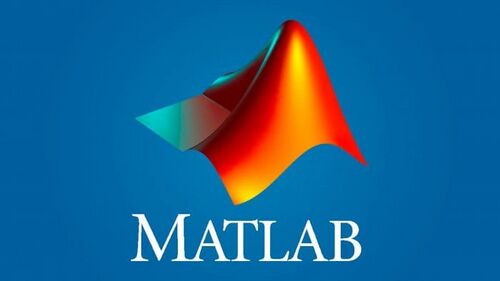Practical AI examples

| Autor: | Moye Nyuysoni Glein Perry |
| Art: | Project Work |
| Starttermin: | 14.11.2024 |
| Abgabetermin: | 31.03.2025 |
| Betreuer: | Prof. Dr.-Ing. Schneider |
Advantages and disadvantages of AI compared to conventional data processing
Advantages of AI
Imagine you're using a smart assistant that learns and adapts with each interaction—that’s one of the key advantages of AI over traditional data processing:
1.Flexibility with Unstructured Data:
Artificial intelligence algorithms leverage vast datasets to autonomously identify patterns, features, and relationships essential for solving complex problems—eliminating the need for explicit human-programmed rules or formulas. Unlike conventional systems that rely on predefined rules, AI excels at processing messy, unstructured data such as images, speech, or free-form text. This inherent adaptability not only enables continuous learning and improvement but also makes AI incredibly versatile across diverse fields like healthcare and social media analysis.
2.Enhanced Pattern Recognition:
Artificial intelligence algorithms are inherently dynamic, enabling them to adjust their parameters, structure, or behavior based on new data, feedback, or shifting conditions. This flexibility starkly contrasts with traditional algorithms, which, once deployed, remain unchanged and thus more inflexible. Additionally, AI demonstrates remarkable proficiency in pattern recognition, capable of detecting subtle and intricate trends in large datasets—such as forecasting market movements or identifying minor irregularities in financial transactions—that conventional methods might miss. Together, this adaptability and advanced analytical capability significantly enhance AI's applicability and potential across numerous fields.
3.Real-Time Decision Making:
AI systems are inherently creative, while traditional algorithms are mechanical and predictable. AI can generate novel and unexpected outputs—shaped by user goals, preferences, or even emotions—rather than simply following pre-set rules or formulas. Moreover, many AI systems are built for real-time data analysis. Whether it's a self-driving car adjusting its path or an online platform instantly tailoring recommendations, AI's ability to process information on the fly adds another layer of adaptability and human-like intuition.
4.Continuous Learning and Adaptation:
With machine learning, AI systems improve over time. They learn from new data and adjust their strategies, much like how we refine our skills through experience.
5.Automation of Complex Tasks:
AI can take on tasks that require deep analysis or decision-making—tasks that would be too complex or tedious for traditional rule-based systems. This can free up human experts to focus on more strategic challenges.
Disadvantages of AI
While AI brings many benefits, it also comes with its own set of challenges:
1.Data Hunger:
AI models often need huge amounts of quality data to perform well. If the data is scarce or not representative, the model’s performance can suffer
2.Opacity in Decision-Making:
Many AI systems, especially those using deep learning, operate as “black boxes” where it’s not clear how they arrive at a decision. This lack of transparency can be problematic in fields where understanding the reasoning process is critical.
3.High Resource Requirements:
Training AI models typically requires significant computational power, specialized hardware, and energy. This can make AI implementations more expensive and resource-intensive compared to traditional methods.
4.Risk of Bias:
AI is only as good as the data it learns from. If the training data contains biases, the AI might perpetuate or even amplify these biases, leading to unfair or skewed outcomes.
5.Implementation Complexity:
Developing and maintaining AI systems requires specialized expertise. The complexity of these systems can lead to higher costs and longer development times compared to conventional data processing solutions.
6.Ethical and Regulatory Concerns:
Issues like data privacy, accountability, and ethical use of AI remain significant challenges. These concerns are prompting ongoing debates and new regulations worldwide.
Conclusion
AI offers transformative advantages—its ability to learn from data, adapt in real time, and handle complex tasks sets it apart from traditional data processing. However, these benefits come with trade-offs, including high data requirements, opacity, and resource demands. Balancing these factors is crucial when deciding which approach best suits a particular application.
References
Taneja, Amit. (2024). The Transformative Impact of Artificial Intelligence in Financial Services: Enhancing Decision-Making, Efficiency, and Risk Management Amit Taneja.
Russell, S., & Norvig, P. (2010). Artificial Intelligence: A Modern Approach. Prentice Hall.
Goodfellow, I., Bengio, Y., & Courville, A. (2016). Deep Learning. MIT Press.
IBM Watson (2020). AI in Business: Overcoming the Challenges of Implementing AI. IBM.
https://www.linkedin.com/advice/3/what-makes-ai-algorithms-different-from-omp7f
→ zurück zum Hauptartikel: Signalverarbeitung mit MATLAB und Künstlicher_Intelligenz